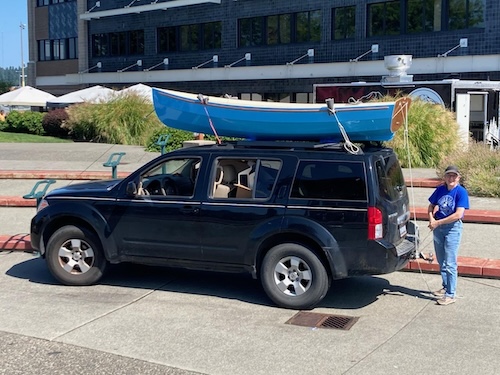When I first saw the Scout 10, pulled up on the beach with its sail luffing, I quickly took a liking to it not for something I saw but rather for the absence of something: a trunk for the daggerboard. In most sailing skiffs, a trunk for a daggerboard or centerboard usually occupies some very valuable space in the cockpit. Neither board cares all that much where it is in the boat so long as it balances the sail rig above it. The polite thing for either one to do is scoot a bit to port or starboard and get out of the way of the crew. I’ve built three boats with offset boards and none of them has a detectable difference between port and starboard tacks.The other feature that drew me to the Scout 10 was the use of slip thwarts that can be set on the parallel edges of the side benches anywhere in the cockpit and removed when not needed. I incorporated the same arrangement in my two beach cruisers. The slip thwarts can be placed anywhere between the side benches. Removing them opens a long unobstructed footwell that can be used for a berth.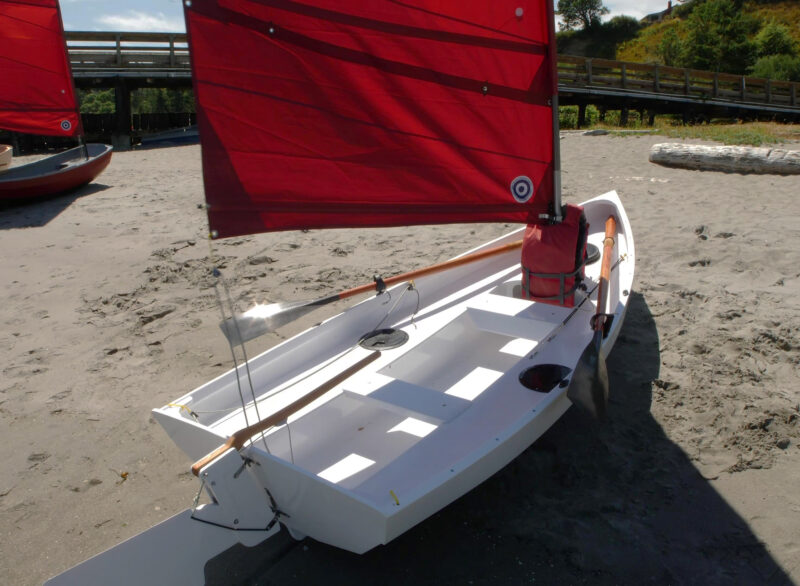 Duckworks
Duckworks
Join The Conversation
We welcome your comments about this article. To include a photo with your remarks, click Choose File below the Comment box.

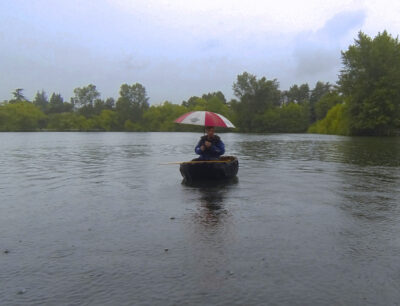


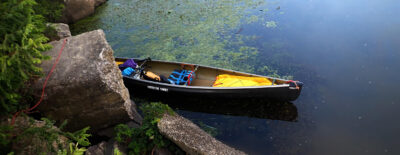
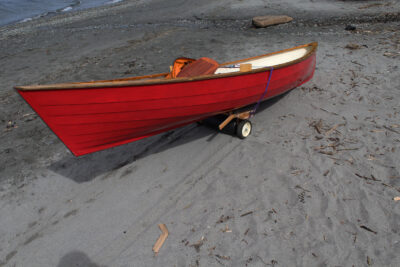
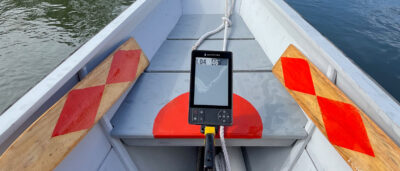
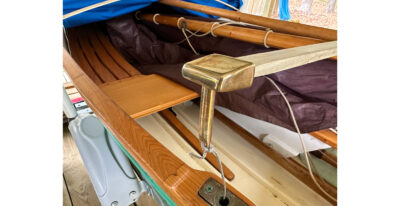
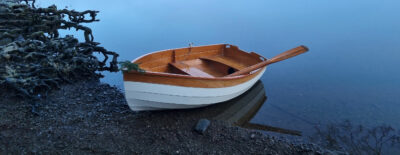
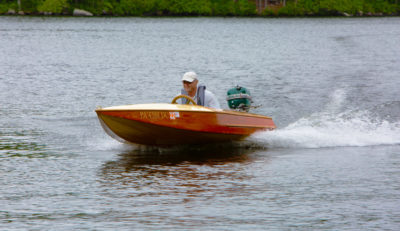
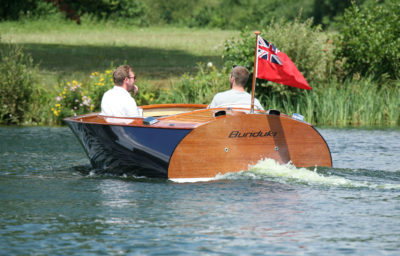
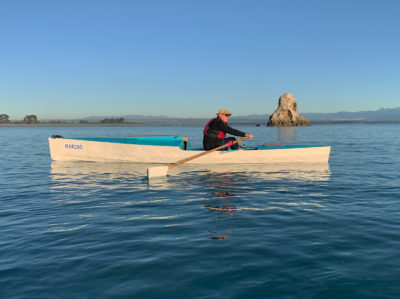
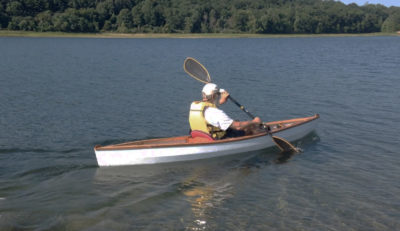
Chris, I’m intrigued by the “cartoppable” comment.
Weight is given as from 65 – 75 lbs. Is that all-up including spars, rigging, oars and so on?
How heavy is the empty hull without all that, which is presumably the minimum weight that one would be manhandling?
I wasn’t equipped to weigh the Scout when I had access to it. In a video produced by Duckworks it’s noted that “the bare hull’s around 80 lbs.” One of the web pages cites the prototype weighed 65 lbs.
My 18’9″ decked lapstrake canoe is a bit over 80 lbs and I regularly cartop it, right side up. I also cartop my 14′ sneakbox, which is , I’m guessing, over 100 lbs. I only lift one end at a time to get either boat on the roof rack. Boat length is an advantage. For the Scout 10, its 10’4″ length would put the boat at an angle closer to vertical when one end has been raised and is resting on the rack. That puts the greater share of the weight on the end still resting on the ground. The lift would be hardest at the start and get easier as the boat approaches horizontal and then slides forward across the back rack. If the rack is wide enough for the Scout’s 50″ beam, the boat could be set on the racks upside down. While I’m guessing that I could load the Scout on my 2001 SUV, I have to be more careful about what I subject my back to and would consider some of the DIY rack extensions to create a ramp to raise the boat safely by degrees.
Thanks Chris.
Scout is short enough that it should also go into the back of a pickup truck with the tailgate down, a much lower lift. It would leave a couple of feet hanging out, but that might be OK for a short-ish trip down to the launch ramp.
Hey Alex, below is a picture of Duckworks’ demo Scout 10 being cartopped, right side up, on an SUV to take it out to a local small boat festival. It’s surprisingly light, two people can lift it up to the top easily. And since it sits flat on its own bottom, it sits politely on a roof rack without issue.
